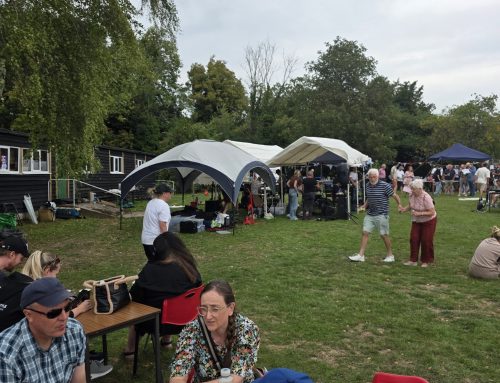Love Around the world: Unique Valentine’s Day Traditions
As Valentine’s Day approaches, love takes on different shapes and colours around the world. While heart-shaped sweets and balloons dominate shops in many places, the way couples celebrate varies significantly. In Bulgaria, it’s about savouring local wine; in Wales, intricately handcrafted wooden spoons take centre stage; and in Romania, a trip to the forest for flowers and a snow face wash symbolises good luck. Let’s delve into the Valentine’s Day traditions from various corners of the world.
History of Valentine’s Day:
Valentine’s Day, celebrated worldwide in the name of Saint Valentine, holds roots in the 3rd century. The priest Valentine defied Emperor Claudius II’s ban on young soldiers’ marriages, leading to his tragic demise. Over time, Valentine became a symbol of love, prompting worldwide celebrations.
Valentine’s Day Traditions Around the World:
Argentina – A Week of Sweetness:
In Argentina, love extends beyond February, with “the week of sweetness” celebrated in July. Kisses, chocolates, and sweets mark this romantic celebration.
France – Epicentre of Romance:
Originating the first Valentine’s Day card, France celebrates love with beautifully decorated villages and proposals between February 12th and 14th.
South Korea – A Year of Love:
South Koreans celebrate love on the 14th of each month, with unique themes like “the day of roses” in May and “the black day” in April for singles.
Philippines – Gala Event:
In the Philippines, Valentine’s Day is a gala event with many young couples marrying in a government-sponsored ceremony.
Ghana – National Chocolate Day:
February 14th is “National Chocolate Day” in Ghana, celebrated to boost tourism. The country, a major cocoa producer, hosts events and performances.
Bulgaria – Day of Winemakers:
On February 14th, Bulgaria celebrates San Trifon Zartan, known as the “day of winemakers,” with couples enjoying local wine.
Wales – Day of San Dwynwen:
Celebrated on January 25th, the “day of San Dwynwen” in Wales involves exchanging intricately handcrafted wooden spoons, a tradition dating back to the 16th century.
Spain – Feast of Saint Dionysus:
In Valencia, Spain, the Feast of Saint Dionysus on October 9th involves making marzipan figurines, ‘macadora,’ as gifts between lovers.
Southwest China – Sisters’ Meal Festival:
The “Sisters’ Meal” festival in Miao, southwest China, on March 15th features women wearing silver accessories and cooking coloured rice for young men.
Denmark – A Celebration of Love:
In Denmark, friends and lovers exchange handmade cards with pressed white flowers, called snowdrops, on Valentine’s Day.
Romania – An Unusual Celebration:
Romanians celebrate on February 24th, combining Valentine’s Day and the celebration of spring by picking flowers and washing faces with snow.

Estonia – Festival for Everyone:
On February 14th, Estonia celebrates Sobrapaev, a friendship day for everyone, including couples, family members, and friends.
Japan – Exchange of Unique Gifts:
In Japan, women gift chocolates on February 14th, and men reciprocate on “White Day” in March.
Czech Republic – Celebrate Romance:
Valentine’s Day in the Czech Republic on May 1st involves kissing under cherry trees after a pilgrimage to the statue of poet Karol Hynek Macha.
Brazil – Lovers Day:
Brazil’s “Dia dos Namorados” festival, known as “Lovers Day,” involves exchanging chocolates, cards, flowers, and family dinners.
England – Festival of Romantic Love:
In England, women placed bay leaves on pillows for dreams of future husbands, and Norfolk celebrates with Jack Valentine as a Santa figure.
Italy – Popular Day for Couples:
Originally a spring festival, Italians now celebrate Valentine’s Day with gifts between lovers and romantic dinners.
As Valentine’s Day unfolds worldwide, these diverse traditions showcase the universal language of love, expressed uniquely in each culture. Whether it’s sipping wine in Bulgaria or exchanging wooden spoons in Wales, love knows no boundaries.





